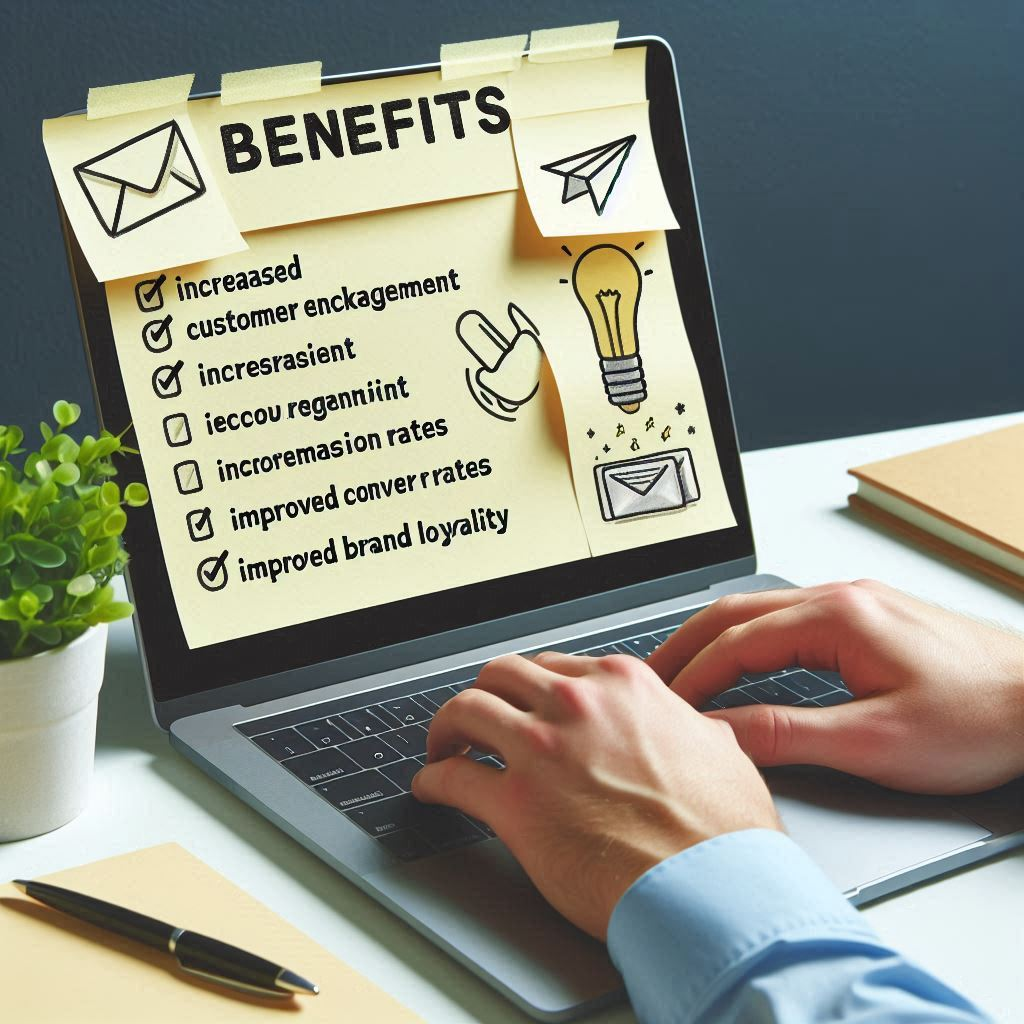In the digital age, where attention spans are short and inboxes are flooded, a one-size-fits-all approach no longer cuts it. Personalized Email Marketing is the key to standing out and engaging your audience on a deeper level. By tailoring your emails to meet individual customer preferences, behaviors, and needs, you can dramatically improve your open rates, click-through rates, and conversions.
This blog post will guide you through the critical elements of personalized email marketing and how you can leverage it to drive success for your business.
Introduction: Why Personalization is Crucial
Email marketing is evolving, and with it comes the increasing demand for personalization. In an era where consumers expect tailored experiences, personalized email marketing allows you to reach your audience in a way that feels relevant and meaningful. According to recent studies, emails with personalized subject lines are 26% more likely to be opened, and personalized call-to-actions result in a 202% increase in conversions.
But personalization isn’t just about addressing the recipient by their first name—it’s about delivering content that resonates with where they are in the buyer’s journey.
The Science Behind Personalized Emails
So why does personalization work so well? It’s psychological. Humans are hardwired to respond positively to things that feel familiar or relevant to them. When an email speaks directly to someone’s needs or interests, they are more likely to engage.
Data shows that personalized emails improve customer retention by 22%. This is because recipients feel understood, appreciated, and more connected to your brand.
Key Benefits of Personalized Email Marketing
- Increased Open Rates: Personalized subject lines, targeted offers, and content can result in significantly higher open rates.
- Improved Engagement: Emails that are tailored to customer preferences and behaviors lead to higher click-through rates.
- Stronger Customer Relationships: By sending content that resonates, you build trust and loyalty with your audience.
- Higher Conversions: Emails that offer relevant products or services are more likely to lead to a purchase.
Personalization helps build long-lasting relationships that drive not just one-time sales, but repeat purchases and lifetime customer value.
Segmentation: The Foundation of Personalization
Personalization begins with segmentation. Your audience isn’t one-size-fits-all, and your emails shouldn’t be either. By segmenting your audience based on factors like purchasing history, behavior, or demographics, you can craft more meaningful messages
Segmentation Strategies:
- Demographic Segmentation: Age, gender, location
- Behavioral Segmentation: Purchase history, browsing activity
- Engagement Segmentation: Active subscribers vs. dormant ones
- Psychographic Segmentation: Interests, values, and lifestyle
Segmentation ensures that the right message reaches the right person at the right time.
How to Write Compelling Subject Lines
Your subject line is the first impression you make on a recipient. A compelling subject line not only grabs attention but also sets the tone for the email.
Tips for Writing Effective Subject Lines:
- Keep it Short: Aim for less than 50 characters.
- Personalize It: Use the recipient’s name or reference their recent activity.
- Create Urgency: Limited-time offers or exclusive deals.
- Ask a Question: “Ready for your next adventure?”
A great subject line will entice your reader to open the email and engage with the content inside.
Creating Personalized Content That Converts
Once the email is opened, the content inside must deliver value. Personalized content can be as simple as product recommendations based on past purchases or as complex as sending a unique discount code based on a user’s engagement level.
Key Strategies for Personalized Content:
- Use Dynamic Content: Adjust the content blocks based on customer data.
- Provide Relevant Offers: Recommend products based on browsing history.
- Address Pain Points: Speak to the specific challenges your audience is facing.
By creating content that speaks to the individual, you’re more likely to see conversions and higher customer satisfaction.
Tools to Automate Personalized Email Campaigns
Automation is crucial for scaling personalized email campaigns. Several tools can help streamline the process while ensuring each recipient gets the right message.
Popular Tools for Automation:
- Mailchimp: Great for small businesses, offering segmentation and automation features.
- HubSpot: A robust platform with advanced personalization and CRM integration.
- Klaviyo: A powerful tool designed for e-commerce brands.
These tools allow you to automate everything from trigger-based emails to advanced segmentation, saving you time while maintaining a personal touch.
Measuring the Success of Your Email Marketing Campaign
Once your campaign is live, it’s essential to track its performance. By monitoring key metrics, you can refine your strategy for even better results.
Important Metrics to Track:
- Open Rates: How many recipients are opening your emails?
- Click-Through Rates (CTR): Are your recipients clicking on the links inside?
- Conversion Rates: How many recipients are taking the desired action?
- Bounce Rates: Are your emails reaching your subscribers’ inboxes?
Using tools like Google Analytics and your email platform’s dashboard, you can track the success of your campaign and make data-driven decisions moving forward.
Case Studies: Brands Winning with Personalization
Several brands have mastered the art of personalized email marketing. Here are a few examples of companies using personalization to drive engagement and revenue.
Example 1: Netflix
Netflix uses data on viewing history to send personalized recommendations to its subscribers, resulting in high engagement and user retention.
Example 2: Amazon
Amazon excels in recommending products based on past purchases, increasing the likelihood of repeat sales.
Example 3: Spotify
Spotify’s personalized playlists and year-end reviews keep users engaged by highlighting music that aligns with their tastes.
These examples showcase the power of personalization in increasing customer loyalty and driving business results.
Common Pitfalls and How to Avoid Them
While personalized email marketing can be a game-changer, there are some common pitfalls to avoid:
1. Over-Personalization
While personalization is key, overdoing it can come off as intrusive. Be mindful of how much personal data you’re using.
2. Ignoring Segmentation
Sending the same email to all your subscribers, even with personalization, can lead to disengagement. Proper segmentation ensures relevance.
3. Poor Timing
Even the best email can fail if sent at the wrong time. Use data to identify the optimal times to send emails to your audience.
Future Trends in Personalized Email Marketing
As technology evolves, so does the potential for personalization. Here are some future trends to watch for:
- AI-Powered Personalization: Using artificial intelligence to predict customer behavior and deliver hyper-relevant content.
- Interactive Emails: Adding elements like quizzes or surveys to engage users directly within their inbox.
- Omnichannel Integration: Coordinating email marketing efforts with other channels like SMS or push notifications for a seamless customer experience.

Conclusion: Embrace the Power of Personalized Email Marketing
In today’s fast-paced digital world, connecting with your audience on a personal level is key to standing out and driving real results. By implementing personalized email marketing strategies—such as dynamic content, segmentation, and data-driven insights—you can boost customer engagement, enhance brand loyalty, and drive significant business growth.
Whether you’re new to email marketing or looking to refine your existing strategy, now is the time to embrace the power of personalization and unlock the true potential of your email campaigns.
At Geniale Marketing, we’re committed to helping businesses like yours master the art of email marketing and personalization. Our expert team offers tailored solutions to ensure your campaigns are optimized for success, driving meaningful connections and measurable results. Let’s take your email marketing to the next level together!

Thanks for sharing. I read many of your blog posts, cool, your blog is very good.
Your article helped me a lot, is there any more related content? Thanks!